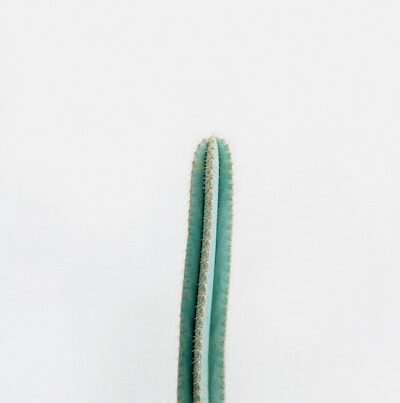Last Updated on October 12, 2023
Summer is officially over with fall temperatures beginning to set in over much of the country. This means many people, even those in the south, are considering either a lower setting on the air conditioner or even turning it off until spring comes back around.
Fall and winter preventive air conditioning maintenance is critical to ensure optimum functionality when the spring and summer’s hot temperatures return. That will ensure the system works efficiently and without issues at the time of year when it’s most vital.
Homeowners enlist the services of professional AC repair contractors to tune up the system once or twice each year in addition to standard tasks performed by the homeowner to keep the system running at peak performance.
When fall arrives, the objective is to close the air conditioning down so the heat can be set up for the winter, even in tropical areas. While these locations tend to stay mild, the winter brings cooler days allowing the air conditioning to have a break.
Follow the tasks you can handle as a homeowner to contribute to the effective switch from cooling to heating.
Tips For Fall Maintenance to Prepare for Gradual Shut Down of Air Conditioning
With fall in full spring, the air conditioning system is being used less and less as the temperatures fluctuate between hot and cooler. Soon it will go from cooler to chilly and then cold meaning the air conditioner will need to be put to rest.
That means having the expert AC repair contractor perform the annual tune-up to shut the system down for winter. While the professional contractor will have their tasks to prepare the unit, there are also tasks you should do to prepare for the cooler temperatures. Here are a few suggestions.
Cleaning the air filters
When the air conditioner is in full swing, filters should be switched out or cleaned every 90 days. If you live in a heavy pollen or dusty location or have family living in the home with respiratory issues, sooner changes are warranted. That’s also true if you have pets in the house.
The suggestion in these cases is that the filter be changed at least every 30 days with frequent checks to ensure it’s free of heavy debris.
When fall arrives, with temperatures falling cooler and the goal being to turn the system off, it’s essential to change the filter out to have a new one ready to go when turning it back on in the spring.
Often the AC repair contractor will change out the filter with the annual tune-up. Check out this article on air duct cleaning for guidance on adding to the fall maintenance cleaning.
Cleaning up around the unit
The outdoor unit accumulates a lot of debris, grown-up grass, weeds, overgrown foliage, twigs, leaves, and other debris. Before winter sets in, cutting back the grass and pulling the weeds is essential. The shrubs and vegetation should be cut back to roughly 2 feet away from the unit.
Dirt and debris need to be swept from the unit along with a garden hose that will gently wash away the grime. A good idea when the unit is cleaned, and the debris is removed is to cover the unit with a mesh cover so air can still get through.
This way the heavy debris that can accumulate over the winter won’t affect the system. You will still need to clean up in the spring, but it will be less of a chore than the fall cleanup. Go here for central air conditioning unit maintenance tips.
The thermostat
The AC preventive maintenance contractor will calibrate the thermostat to ensure accuracy before the season ends. This will ensure it’s not overworking before you close it down for the year and will be ready when the new season approaches.
Some tropical climates will use the AC a little longer than other locations making the fall an ideal time to calibrate the thermostat to avoid excessive hardship on the system when it’s not as necessary during mild months. This will also allow energy efficiency and lower utility costs.
Final Thought
With air conditioning, it’s vital to enlist the services of a professional air conditioning repair contractor to perform preventive maintenance at least once each year but suggested twice a year in the fall and spring when opening and closing the heat and air conditioning.
At the moment we’re looking at closing our air conditioning systems for the cool temperatures of winter. Some areas in the country have a more tropical climate including a milder winter but the temperatures are still cooler warranting the need for a touch of heat not AC.
We’ve offered a few tips on preparing as a homeowner. Your repair contractor will perform the annual tune-up, advise if you’re still using the AC system and what to do when you’re ready for full-on heat.





